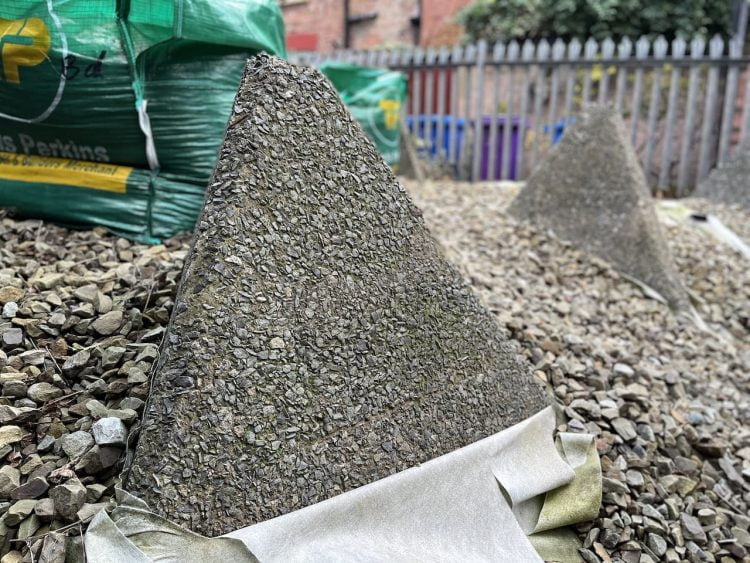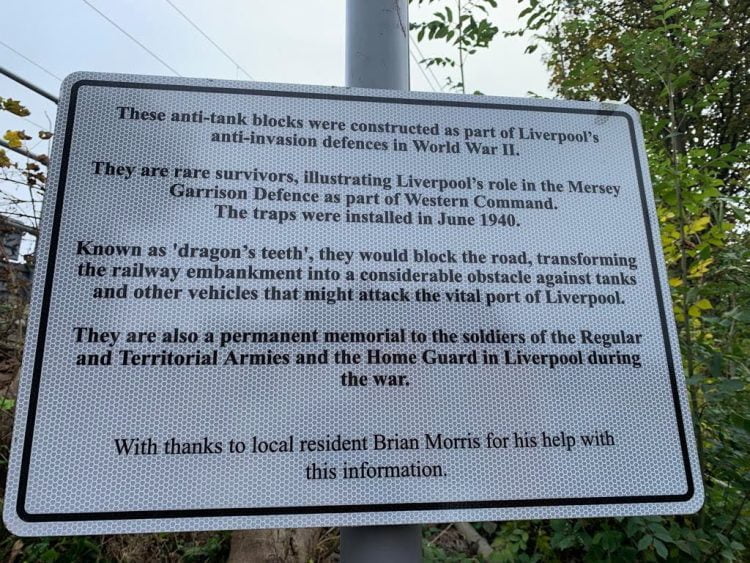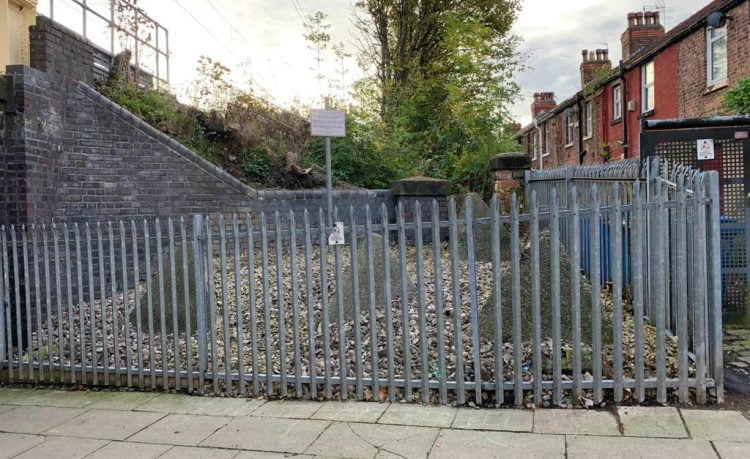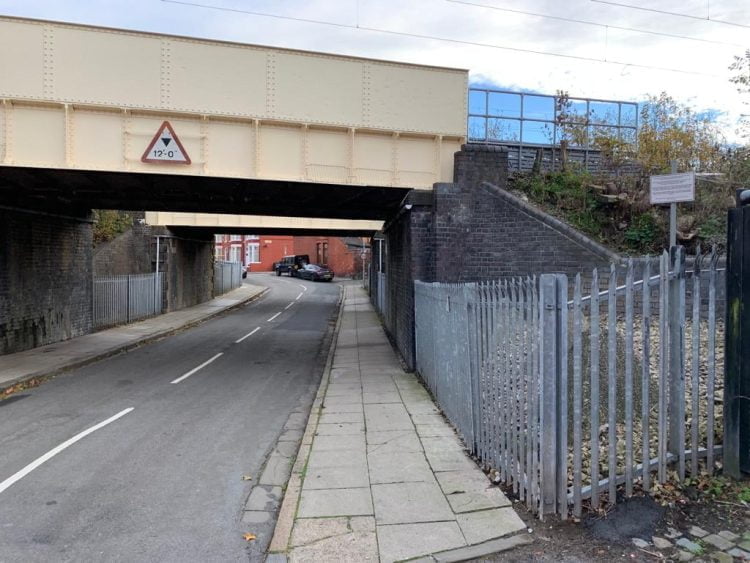Local residents and railway workers have revealed a World War II memorial in Liverpool, which has been created using forgotten anti-tank blocks discovered during bridge maintenance work
A Network Rail team discovered the concrete fortifications which are also known as ‘dragon’s teeth’ during bridge maintenance work at Stalbridge Avenue.
The anti-tank blocks had been concealed by overgrown trees and undergrowth for years but are now being proudly displayed next to a commemorative plaque which tells of their historical importance.
Anti-tank blocks were used throughout Europe by both Allied and enemy troops in a bid to prevent invading tanks and light infantry in their tracks.
The blocks were also known as ‘Toblerone lines’ due to having a similar look to the tasty Swiss chocolate.

Local resident and historian Helen O’Gorman and 93-year-old local resident Brian Morris have played a massive part in getting the lost fortifications deservedly recognised.
Brian Morris, said: “The ‘dragon’s teeth’ and the plaque are wonderful memorials to those days in 1940 when the whole nation was threatened with invasion.
We are glad that these memorials will stay up for a long period so that people will remember at one time the city of Liverpool was in fear of being conquered.”

Helen O’Gorman, said: “We’re really thankful to Network Rail for making a feature out of these second world war relics so future generations can learn about what it was like around here during wartime. It’s also great that Brian has been able to share his memories and that this has all been done in time for Remembrance Sunday this weekend.”
Laid during June 1940, the ‘dragons teeth’ blocks were part of the Mersey Garrison Defence at Stalbridge Avenue, blocking the road and creating the railway embankments into a significant obstacle for both tanks and other vehicles which might invade the key port of Liverpool.

Richard Yost, Network Rail maintenance team leader, said: “From time to time we do find interesting objects when maintaining and improving the railway for passengers and freight, but this is the first time I’ve come across anything like this before.
“It’s great that we’ve been able to work with the local community to uncover this hidden history so future generations can understand just how important these wartime relics were in protecting Britain from being invaded.”
The work carried out by Network Rail to repair the railway bridges took place during 2020 at a cost of £120,000 as part of the Great Northern Rail Project Investment. The work has seen improvements for passengers travelling between Mossley Hill and Edge Hill.

To find out more about how Network Rail takes care of heritage structures, please visit:
http://www.networkrail.co.uk/who-we-are/our-history/working-with-railway-heritage/
Where Next on RailAdvent?
Subscribe for More
Railway News
DVDs, Prints, Cards, Gifts and more
MAINLINE STEAM INFO
Competition Time!
COMMUNITY PHOTOS
FREE NEWSLETTERS





Responses